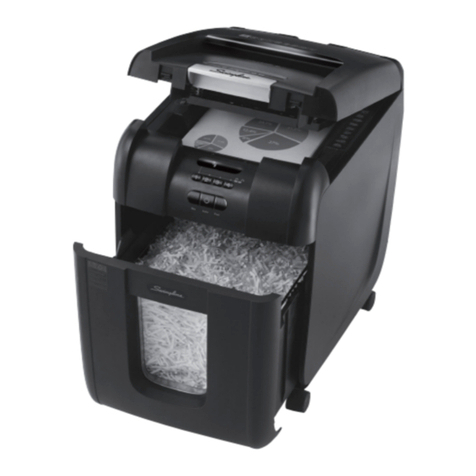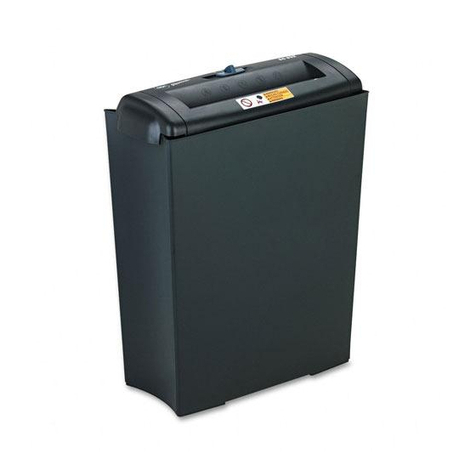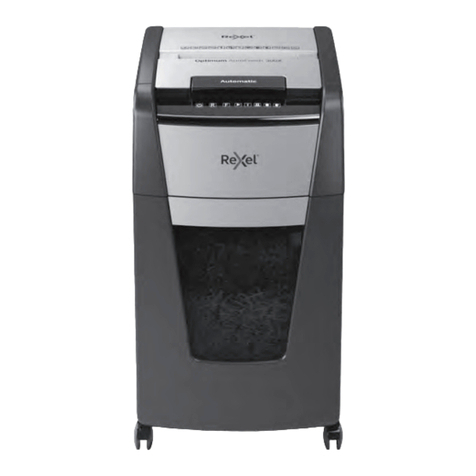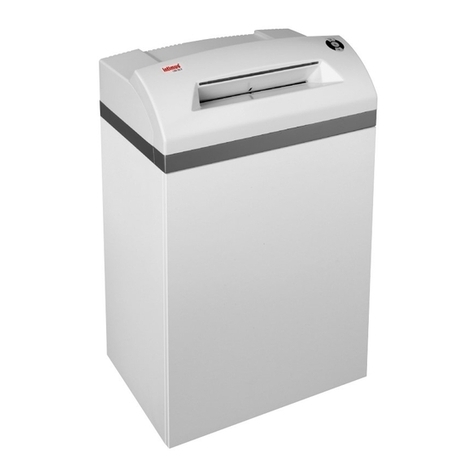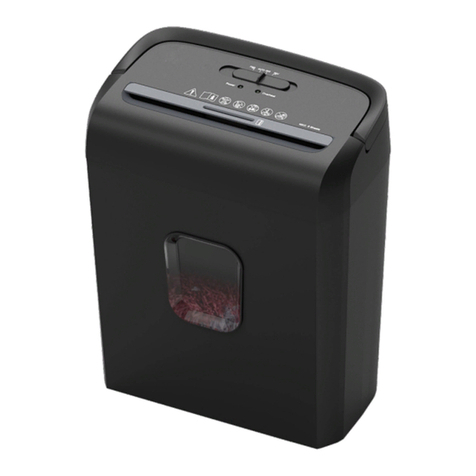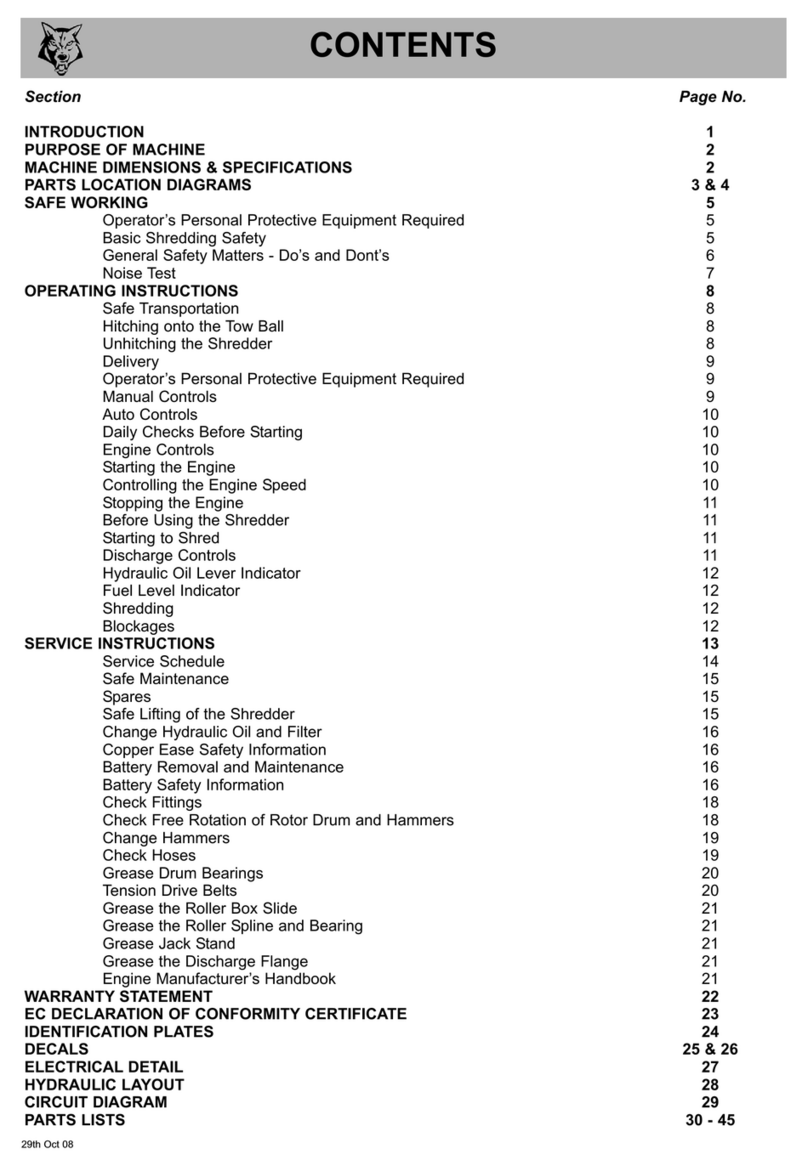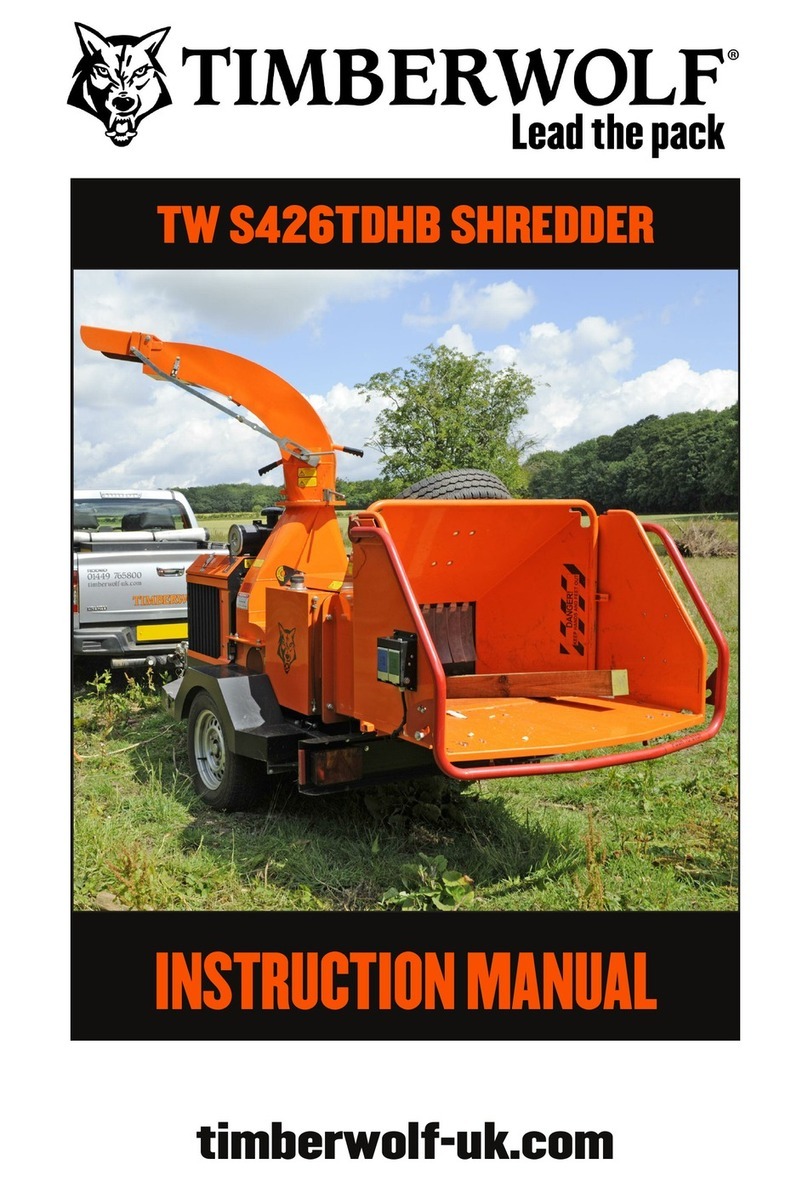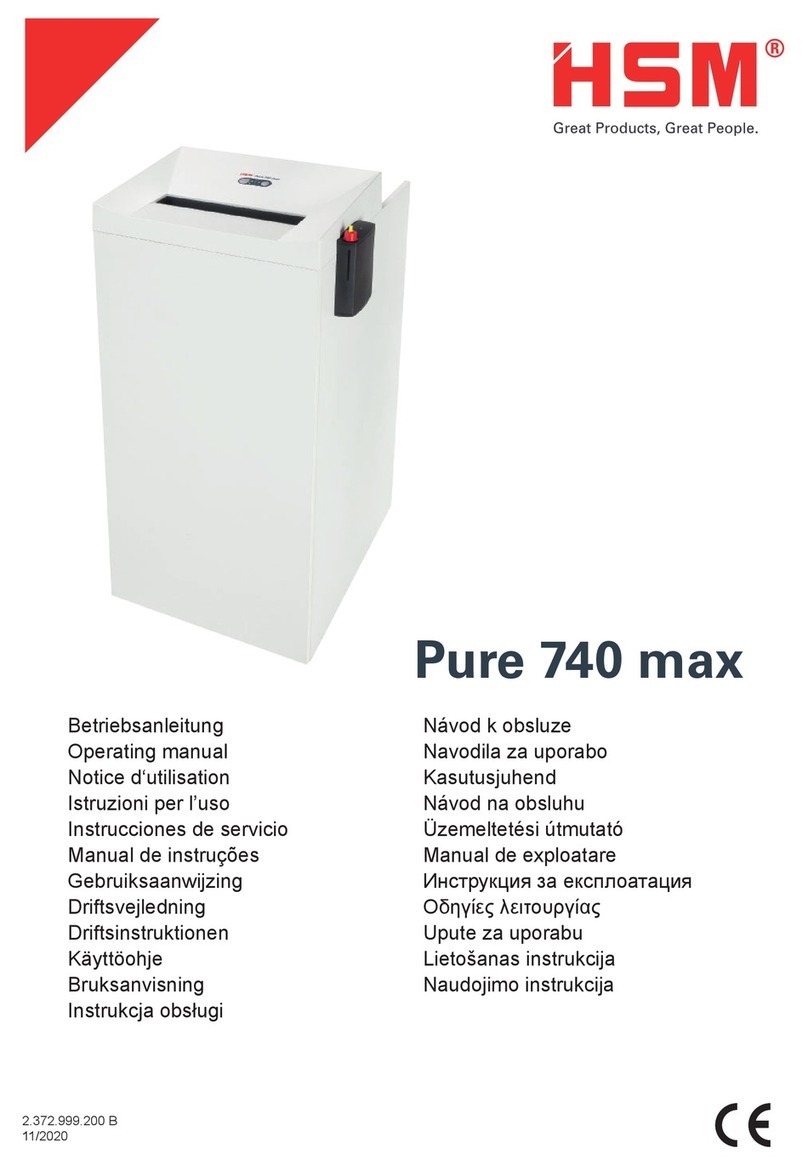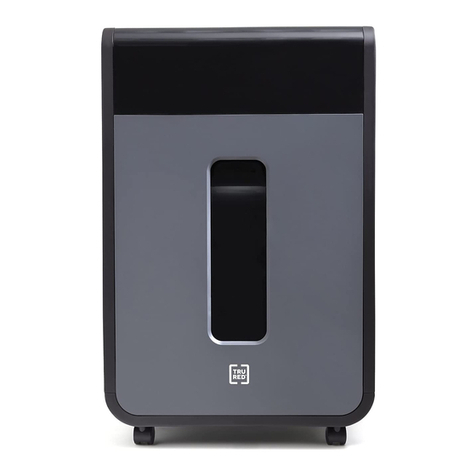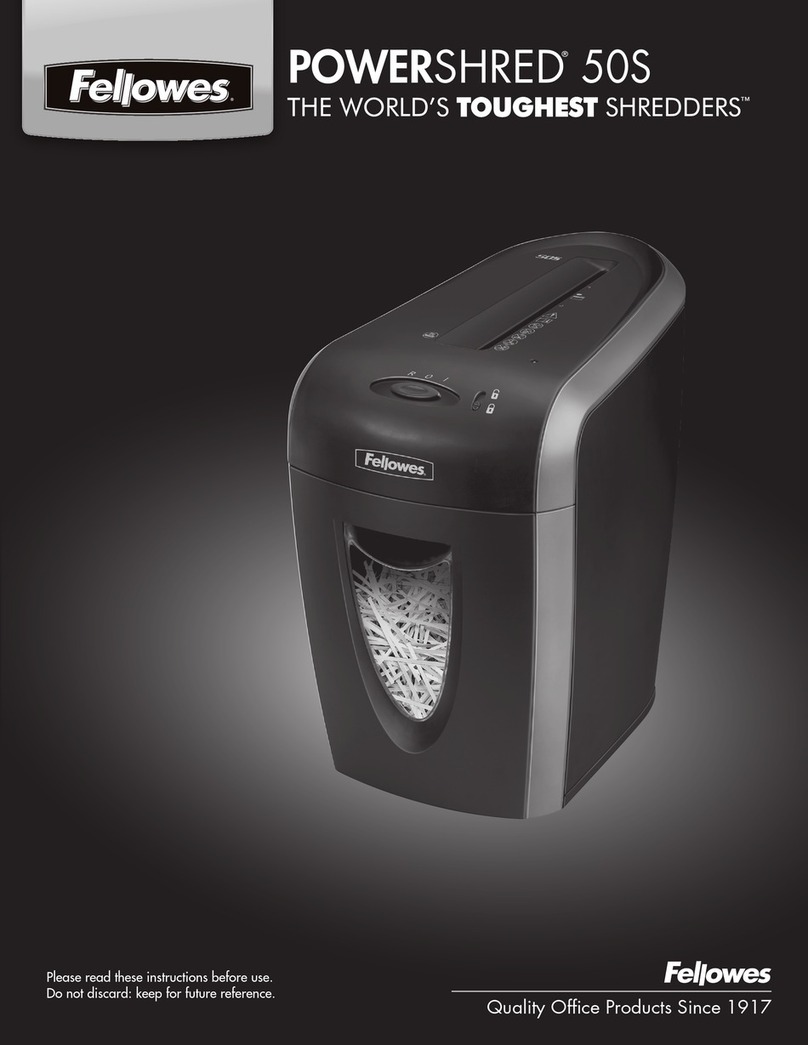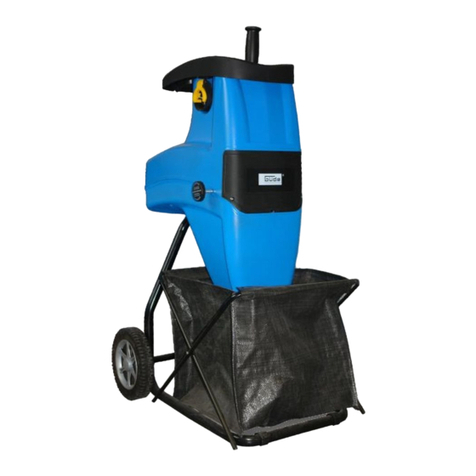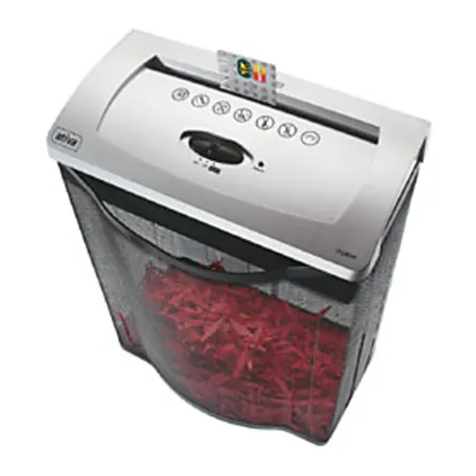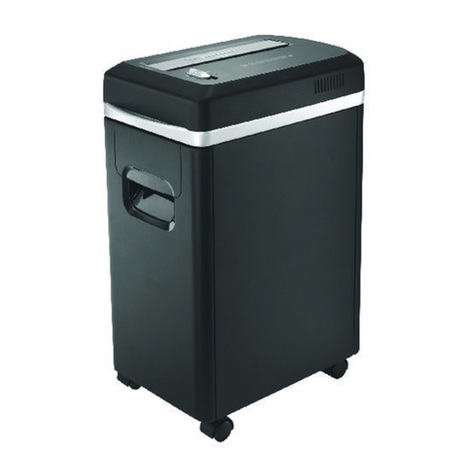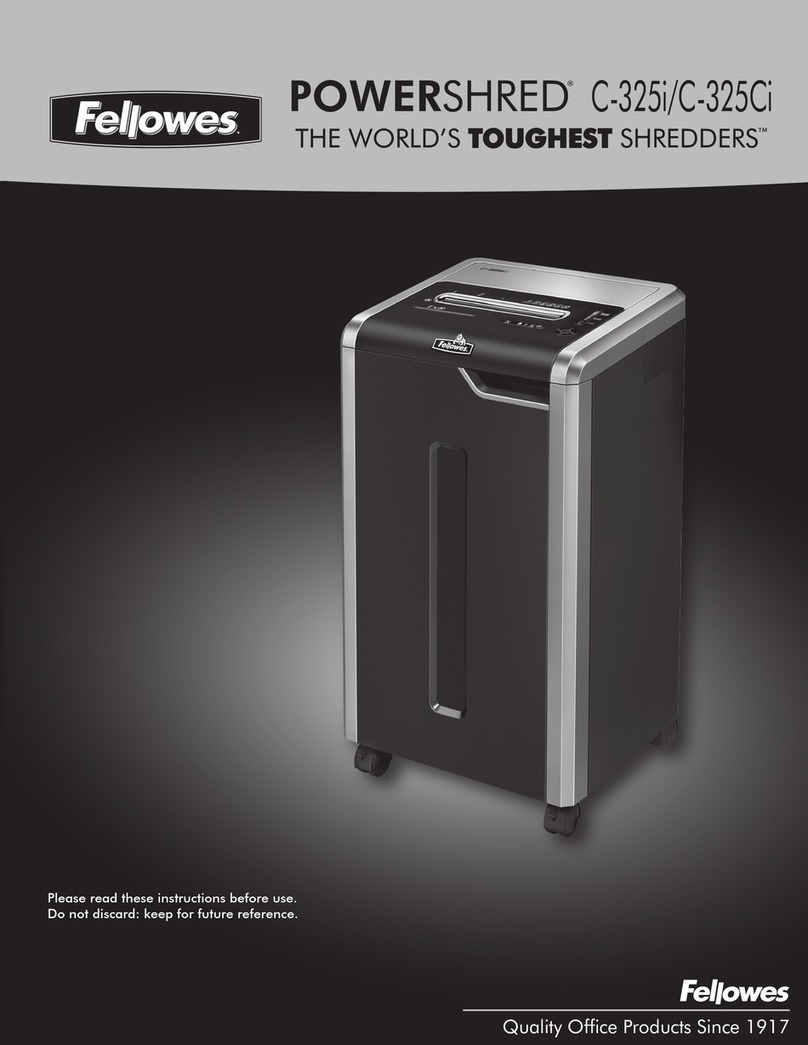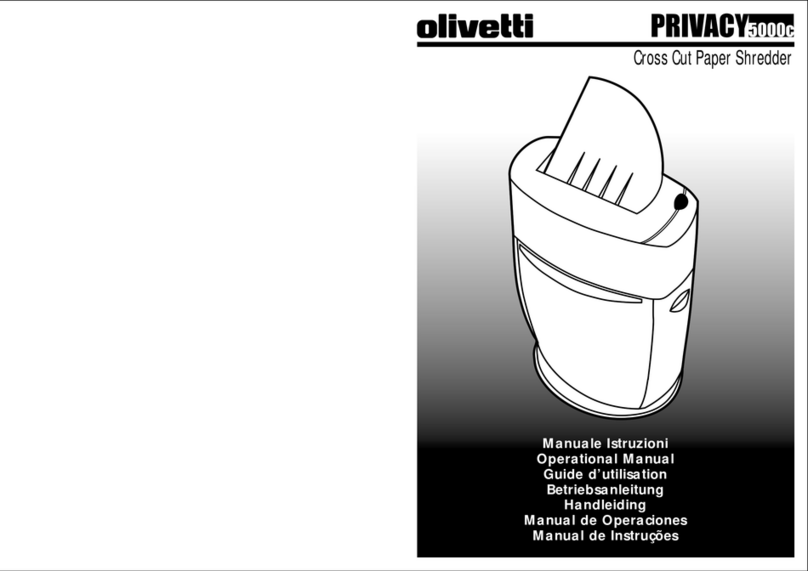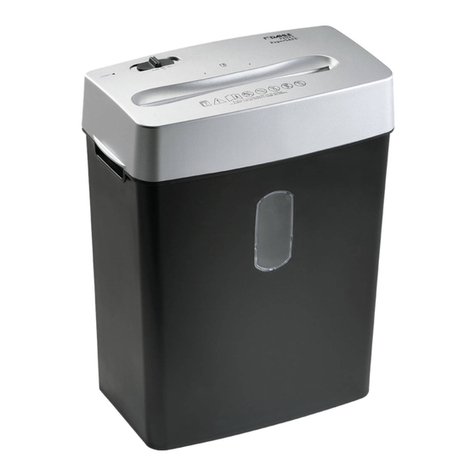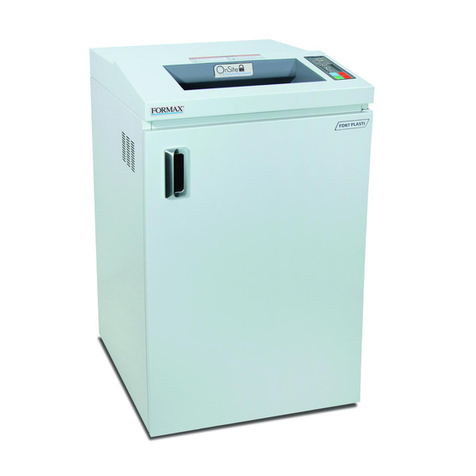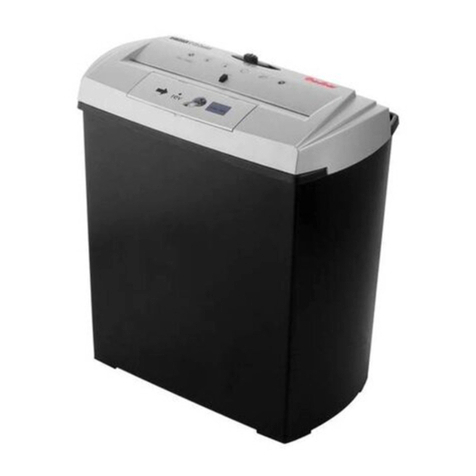TIMBERWOLF S426TFTR 2
Serial No. Location
The serial number can be
found on the information
plate fixed to the chassis
beam.
1790mm
DIMENSIONS
2500mm
3775mm (3100mm with feed tray folded)
1250mm
PURPOSE OF MACHINE
Engine type Kubota 4-cylinder turbo diesel
Maximum power 33kW (45hp)
Cooling method Water cooled
Overall weight 1840kg
Starting method Electric
Roller feed Hydraulic motor
Maximum diameter material 225mm (9")
Fuel capacity 33 litres
Hydraulic oil capacity 80 litres
Material processing capacity up to 3 tonnes/hr
Fuel type Diesel
TIMBERWOLF S426TFTR SPECIFICATION
TIMBERWOLF
!!
The Timberwolf S426TFTR is a high speed, heavy duty professional shredder. It is designed to shred general
green waste (brash, prunings, hedge trimmings, Leylandii, Christmas trees, rootballs, etc.),brushwood up to
150mm (6”), pallets, domestic doors, wooden and plastic window frames (all pre-cut to fit feed aperture),
contaminated timber, chipboard, MDF, packaging materials, uPVC plastic, cardboard, wooden furniture, fence
posts and similar items. The machine will tolerate drinks cans, plastic bottles, stones, rocks and concrete (up
to fist size), nails, metal door furniture, glass bottles and similar items.
1355mm
Funnel
width
Track
width
WARNING - LIMITATIONS ON MATERIALS.
To properly control the speed of material entering the shredder chamber, the machine relies on the large feed
roller to grip the material. The feed roller can grip material down to 15mm in diameter. The machine will not
tolerate or process items such as tyres, mattresses, heavy duty plastic containers (used for oils, chemicals,
etc.), carpets, reinforced concrete, metallic items exceeding lightweight domestic door furniture, commercial
plastic gas pipe, alkathene water pipe, metal reinforced drainage/irrigation pipe, baler twine, rope, metal
banding, computer hard drives (which contain magnets) and any similar objects to the above.
NOTE: When materials are corrosive they may attack and degrade the individual components. It is essential that the
unit be thoroughly cleaned down after shredding anything that may contain materials of an aggressive nature.
Ejection of material – Warning! The S426TDHB shredder ejects material at high speed. Ensure there is an
adequate safety zone and that ejected material is aimed away from operators into a safe area, i.e. an
enclosure or container with a back stop (i.e. wall) behind it to prevent ejected material from leaving the work
area and causing injury and damage. If loading into a truck or trailer, ensure the structure is strong enough to
cope with the impact from ejected material.
